Electrical Overload
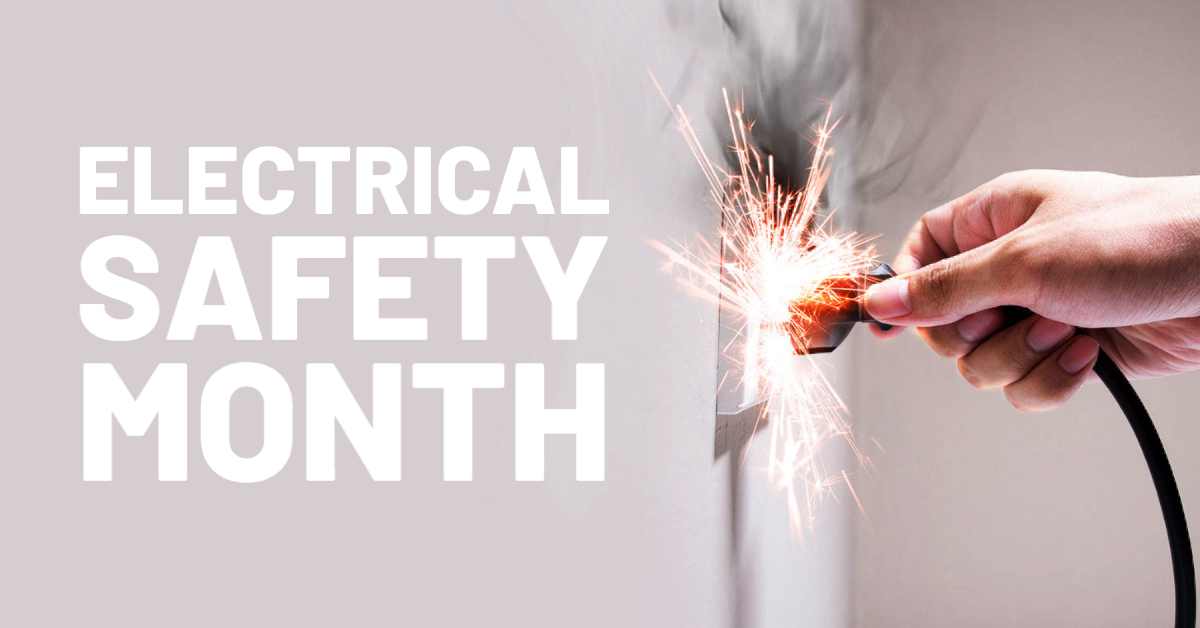
May is recognized as National Electrical Safety Month! This May, we’d like to focus on the dangers of electrical overload in your home (which is something to keep in mind all year long). The average American home is over 30 years old, meaning they may not be prepared for the power demands of today. Keep reading to learn the warning signs of circuit overload, in order to keep your home and family safe.
Signs of Electrical Overload

Flickering, blinking, or dimming lights
Irregularities in lighting, especially when using other lights or appliances, can be a warning sign of an overloaded circuit.
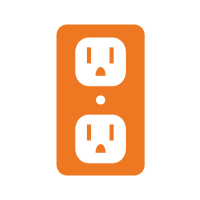
Warm or discolored wall plates
Take note of anything strange with your wall plates (outlets, light switches, etc.), such as signs of discoloration from heat.

Burning odor coming from receptacles
Overloaded circuits will produce a burning smell in your home, similar to “burning plastic”. This is often concentrated around outlet receptacles or wall switches.
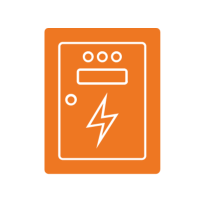
Tripped circuit breakers or blown fuses
Keep track of how frequently you trip breakers or blow fuses. If this is a common occurrence, there are underlying issues.
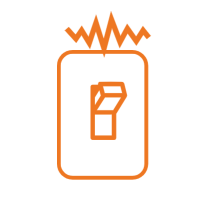
Buzzing sounds from receptacles
A properly functioning circuit should not produce buzzing or crackling sounds. If you hear irregular noises from your receptacles, then it may indicate malfunctioning wires, and should be taken as a serious warning.
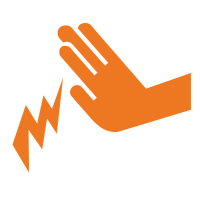
Electric shock or tingles
Receiving frequent mild shocks from unplugging / plugging in devices, turning on lights, etc., could be a sign of damaged wires.
